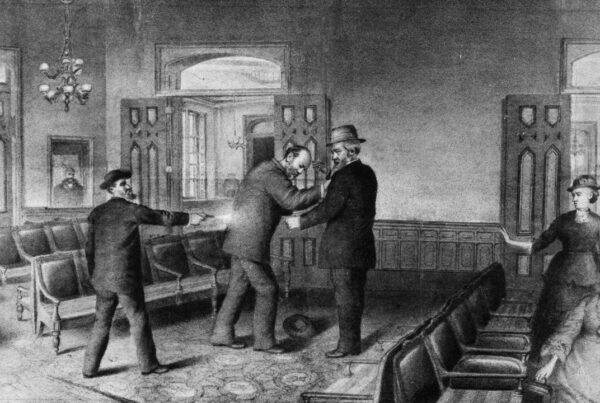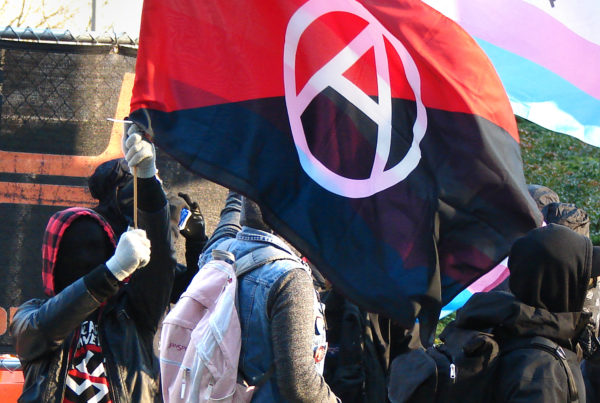Alternative Names:
Hamas, Harakat Al-Muqawamah Al-Islamiya, Islamic Resistance Movement
Location:
Palestinian Territories, Qatar (Chairman’s residence)
Leadership:
Hamas is subdivided into political, social and military wings. Hamas’ political leadership resides in Damascus, while the group uses the Gaza Strip as a base for terrorist operations aimed against Israel. Khaled Mashal is the current leader of Hamas’ Political Bureau with Mousa Mohammed Abu Marzook serving as his Deputy Chief.
The Political Bureau is Hamas’ highest decision-making body. The Political Bureau consists of members selected from the General Consultative Council. Members of the General Consultative Council are selected from among the group’s local Consultative Councils.
The Majilis al-Shura (Shura Council) is Hamas’ collaborative decision-making body, which encompasses representatives from Gaza, the West Bank, the group’s exiled leaders, and Hamas’ Political Bureau. Under the Shura Council are committees tasked with coordinating activities from media relations to military operations.
Hamas is broadly designated as a terrorist organization by the European Union, the US, Canada, Israel, Egypt and Japan. Contrastingly, Australia and the United Kingdom have only designated Hamas’ military wing – the Izz ad-Din al-Qassam Brigades, which were created in 1991 – as a terrorist entity.
In 2006, Hamas won a decisive majority in the Palestinian Parliament and consolidated control in the Gaza Strip, while its officials were ousted from public positions in the West Bank.
Membership:
Hamas’ military wing is thought to consist of several hundred members, according to Israeli officials. The Al-Qassam Brigades also have up to 10,000 supporters of varying skill that may be called upon as reinforcements in emergency circumstances.
Funding Sources:
In 2009, Hamas’ annual budget was estimated to be $70 million. The group’s traditional supporters were Saudi Arabian Islamic charity organizations and private benefactors, as well as other Gulf States, Iran, and the Muslim Brotherhood.
Direct support from Saudi Arabia was substantially curtailed by the mid 2000s in response to US pressures to stem terrorist financing. By the late 2000s donations from Iran and the Muslim Brotherhood were also reduced in response to economic constraints and competing priorities, respectively. Hamas has since come to rely on religious donations from the West Bank, Qatar, and Palestinian ex-patriates.
Charities affiliated with Hamas’ social wing are known to financially support families of militants who have either been killed or taken prisoner while perpetrating terrorist activities against Israel.
Origins:
Hamas emerged from the Palestinian branch of the Muslim Brotherhood in 1987 after the First Intifada. The group was co-founded by Sheik Ahmed Yassin, Mahmoud Al-Zahar, and Abdel Aziz Al-Rantissi to “liberate Palestine from Israeli occupation and to institute an Islamic state in the areas that are today the West Bank, Gaza Strip, and Israel.”
Major Attacks:
A 2007 study of Palestinian suicide bombings during the Second Intifada (2000-2005) found that 40% were carried out by the Al-Qassam Brigades.
Hamas has carried out hundreds of attacks against Israel since the late 1970s, which has precipitated military retaliation from Israel on several occasions.
Ideological Roots:
Hamas’ ideology is rooted in Palestinian nationalism and a radical interpretation of Sunni Islam. The group is also extremely anti-Semitic and has called for the annihilation of Israel and Jews, as well as their Western supporters. Hamas has also been explicit in its denial of the Holocaust.
Objectives:
Hamas’ objective is to establish an Islamic Palestinian state in Israel. Article 6 of the group’s 1988 Charter states that Hamas “strives to raise the banner of Allah over every inch of Palestine and that Israel will exist only until Islam obliterates it.”
Tactics:
Suicide bombing, short and long-range rocket and mortar attacks, tunneling, kidnapping, firearm attacks, car bombs, women and children as human shields, child soldiers, torture, arbitrary arrest and detention, improvised explosive devices, and extrajudicial executions.
Updated on January 13, 2016.







